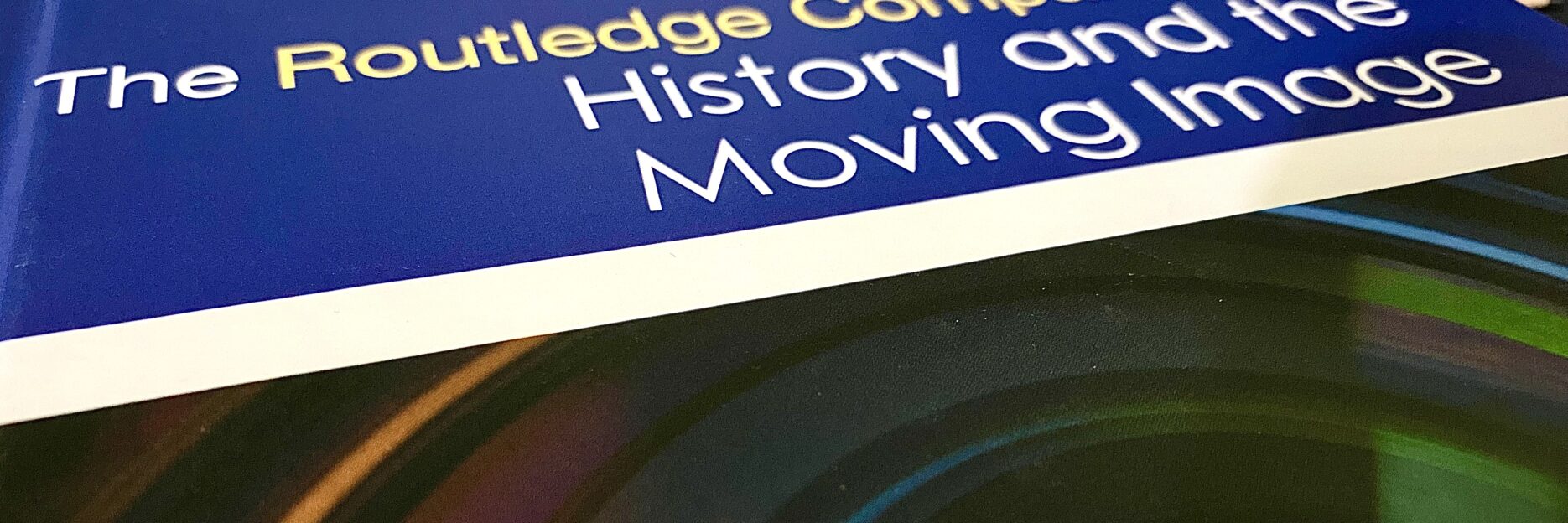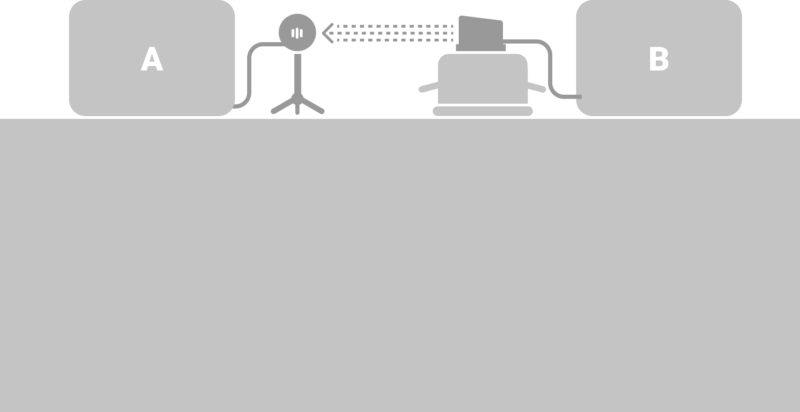Chapter 4 of the Routledge Companion to History and the Moving Image, coauthored with Dr. Claire Ahn (Queen’s U). This chapter is part of the proceedings of Moving Histories: International Symposium on Screened History.
“In October of 2016, the topic “Fake News” started trending in Google searches worldwide. The interest in the term peaked in February 2017, then again in January 2018 and October 2018, reaching its highest point of interest so far in March of 2020, which coincided with the first recorded cases of COVID-19 in the United States. Besides these specific spikes, the interest in fake news, as inferred by Google searches, has remained fairly stable (“Google Trends” n.d.b.). For some, this is a sign that the Western mediasphere has been irreparably damaged (Brooks 2019; Ripley 2021), with social media often viewed as either the single culprit, or at least as a considerable contributing factor (Brown 2021; Escalante 2020). However, this narrative of “blaming social media” provides the wrong impression that social media (and not media in general) has issues with reliability (Allcott and Gentzkow 2017). The focus on finding a solution for what is perceived to be exclusively a social media problem could distract from the historical relationship that media has had with deception, including deception-for-profit, an alleged feature of the current fake news crisis. Could it be instead that the state of the modern mediatic landscape is just the current manifestation of an ongoing relationship between deception and mass media?”




